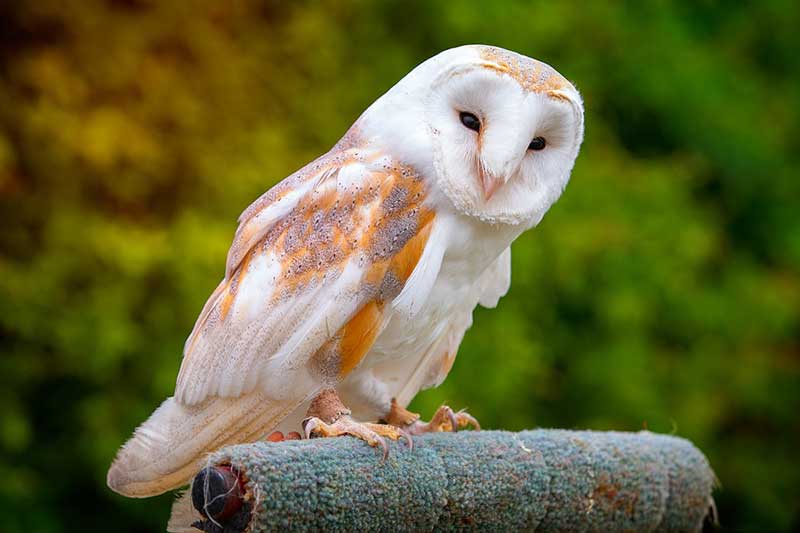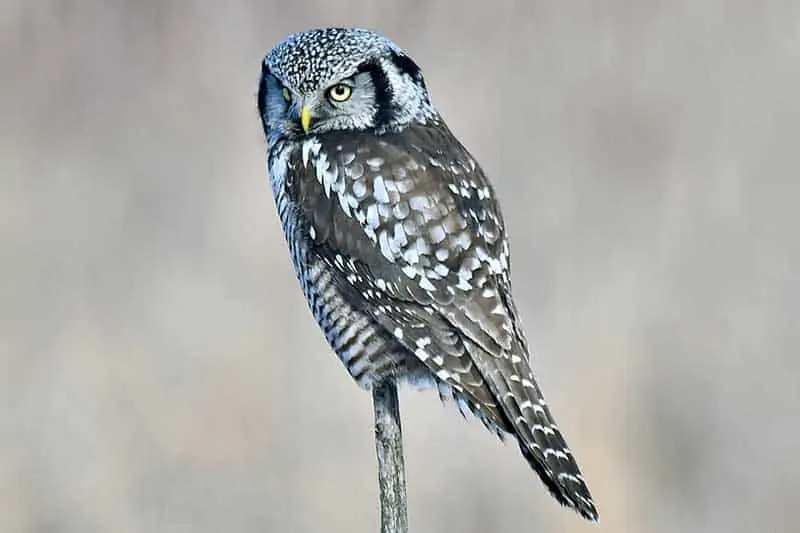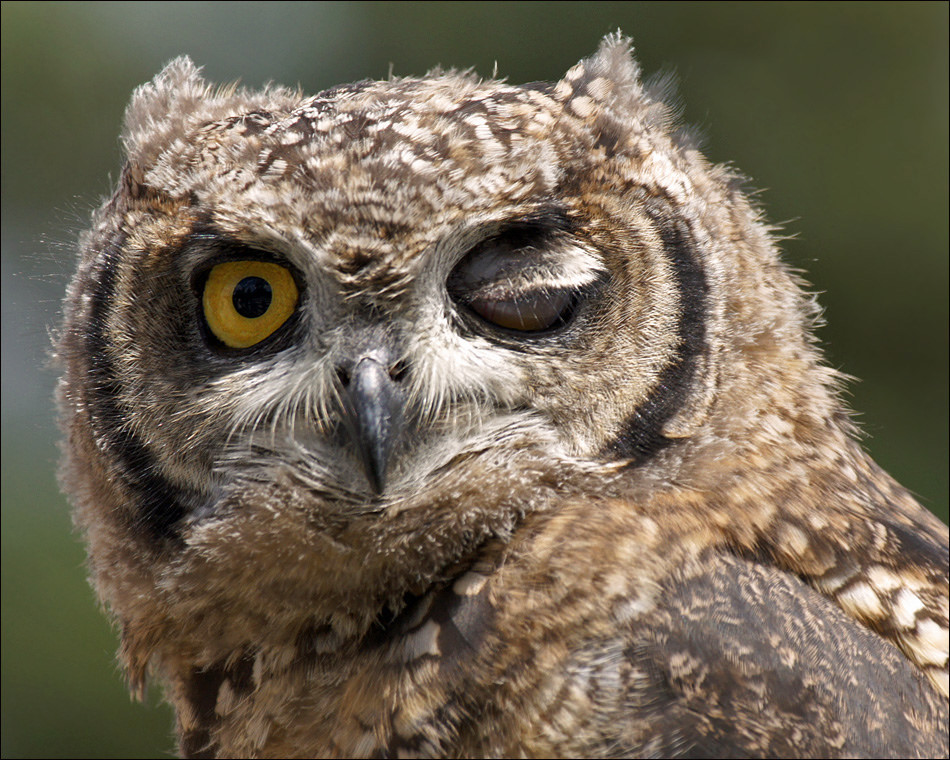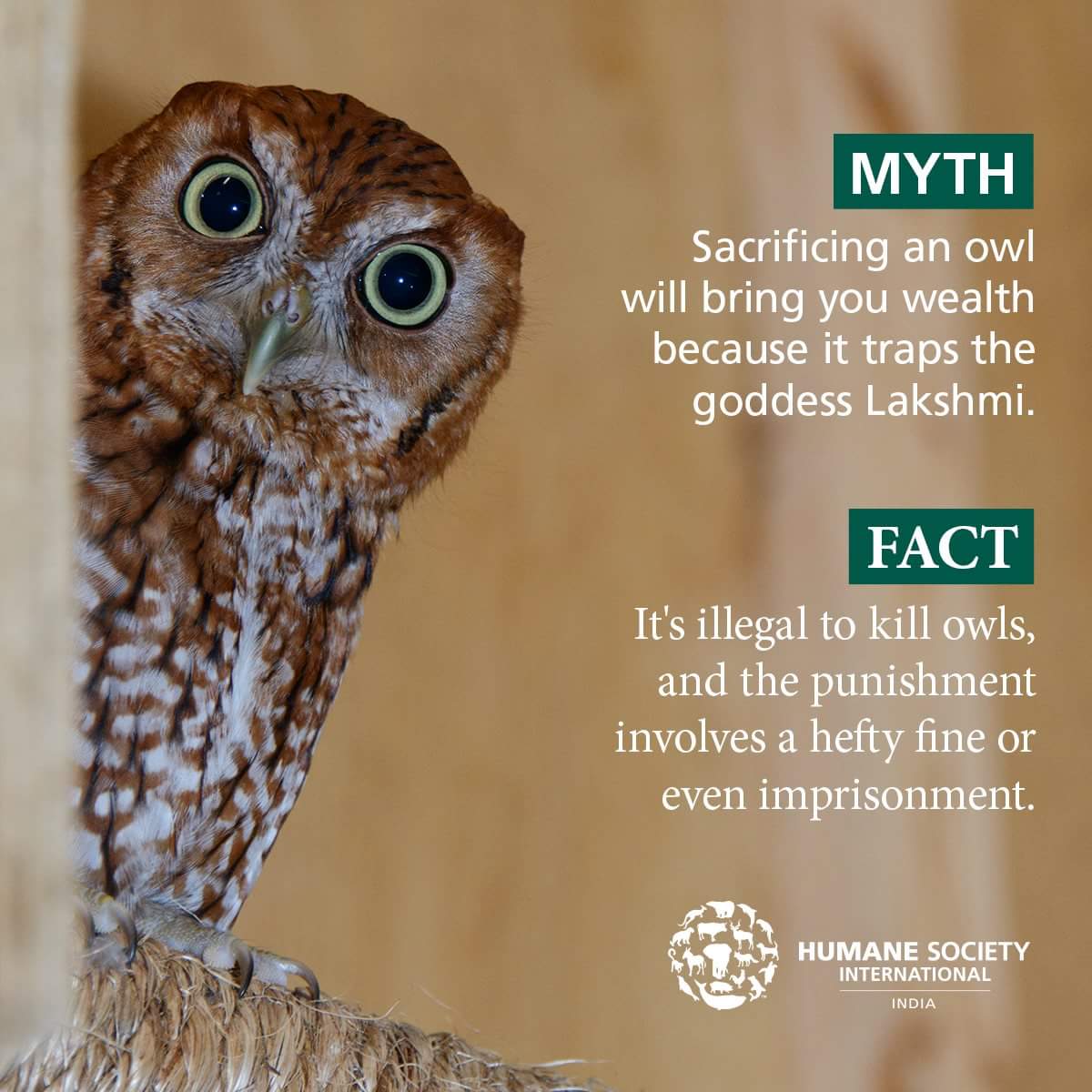The remarkable appearance of owls, combined with the nocturnal behaviors and eerie calls they make, has long been able to capture the human imagination. As a result of this, there are a great number of myths about owls that have spread throughout a variety of cultures. On the other hand, these common ideas frequently present a picture of these wonderful creatures that are either inaccurate or insufficient.
6 Myths about owls
Here we list six common myths about owls, refuting the misconceptions and presenting real insights into the interesting lifestyles of these birds.
1. Owls are bad omens

People in various cultures and folklore across the globe believe that owls are bad omens, but it’s a myth. People often associate these species with the night because they’re nocturnal and make eerie calls that can be unsettling to some people.
In African and Middle Eastern cultures, for instance, they saw owls as omens of impending disaster, believing that the hoot of an owl predicted death. However, it’s important to understand that these are cultural beliefs, not scientific facts.
2. Touching a baby owl will cause the mother to abandon it
Most birds, including owls, have a limited sense of smell and are unlikely to detect human scent. So, touching a baby owl or any baby bird won’t cause its mother to abandon it, contrary to the common myth. So, parents don’t usually abandon their children because of the human touch.
But handling these young creatures shouldn’t be encouraged. Humans can stress birds and accidentally harm them because they’re fragile. Moreover, humans could lure predators to the nest.
3. Owls can’t see during the day

Owls can see during daylight hours, despite the myth that they’re blind. Although their eyes are uniquely specialized for low light circumstances, owls have excellent eyesight and can see clearly both during the day and at night. The great size of an owl’s eyes and the abundance of rod cells—which are more sensitive to changes in light and dark, form, and movement—help with their exceptional night vision.
However, this doesn’t mean they’re blind during the day. When exposed to too much light, an owl, like humans, can adjust its pupil size to limit the amount of light entering the eye, preventing it from being overwhelmed by bright light. This ability allows them to see in a wide range of light conditions.
4. Owls have no predators
Owls are carnivores by their very nature. They’re famous for their extraordinary hunting abilities, which are largely due to their exceptional hearing and eyesight, their ability to fly silently, and their powerful talons. However, the idea that owls don’t have any predators is a common misconception.
Owls can become the prey of larger animals just as easily as they take down prey that’s smaller in size. Any living creature, regardless of how skilled a hunter it may be, faces possible dangers in the wild because predation is an essential part of the natural cycle of the ecosystem.
5. Owls can rotate their heads 360 degrees

Owls have evolved over time to become adept hunters with precise vision in low-light environments. A common myth, however, is that these birds can turn their heads a complete 360 degrees, which isn’t exactly true. They can rotate their heads up to 270 degrees in either direction.

An owl can turn its head completely to the right to look over its left shoulder, and vice versa. Also, an owl can position its neck almost upside down while keeping its body facing forward. This remarkable flexibility is needed due to the owl’s peculiar eye structure.
Unlike humans and many other animals, whose eyes are spherical and capable of rotation, owls’ eyes are tube-shaped and held in position rigidly by bony structures in the skull. This tubular shape aids in their exceptional binocular vision, which is particularly helpful in low-light conditions, a common environment for many owl species. But it also means that this species can’t move their eyes in the sockets – they can only look straight ahead.
6. Owls are only nocturnal
Contrary to popular myth, not all owls are nocturnal, or active only at night. In reality, the behavior of different species of owls is rather distinct from one another. Some species of these birds are nocturnal, but there are also some that are active during the daytime.
The Northern Hawk Owl and the Northern Pygmy Owl are both examples of diurnal owls, meaning they’re active throughout the daytime hours.






